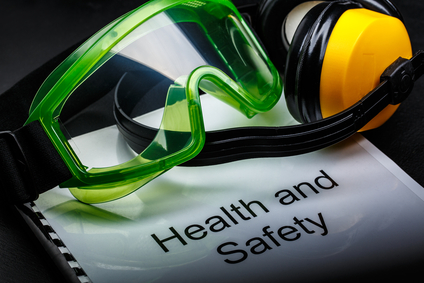Confined Space Mining: Safety Tips
 Confined Space Mining: Safety Tips
Confined Space Mining: Safety Tips
It’s a known fact that mine work is among the most dangerous types of employment on the planet. Due to the volatility of underground mining, working in mineshafts is unpredictable, with potential hazards occurring on a daily basis.
Mineshafts require proper ventilation. The deeper the dig, the more chance for those ventilation lines to breakdown. Proper exit paths also need to be established, well in advance of any work beginning. Proper preparation and planning must be carried out. Furthermore, operators and management should apply caution at all levels of the mining process. In doing so, staff is contributing to the goal of their mining operations being consistently injury-free.
There are many official classifications for “confined space” in a mining operation. What is agreed upon is that a confined space will require safe oxygen ventilation and some level of airborne contaminant filtration. During the course of a shift, mining operators can work in many types of confined spaces; therefore, different types of awareness and protection are needed.
The first level of precaution should come in the form of proper signage. Once a space has been deemed as “confined,” it should be identified with a sign, lock or some other type of restricted access barrier. You don’t want workers wandering into a confined space that has been deemed dangerous without taking the necessary precautions. Furthermore, keeping unnecessary workers out of these areas will keep accidents at bay.
You may find it helpful to conduct your own ongoing field observations of any confined spaces you’re assigned to work in. There should be inspectors performing these tasks, but you’re well within your rights to do your own investigation. You should check that monitors are working properly and have recently been calibrated. This is especially vital for gas monitors. If the confined space requires mechanical ventilation, then oxygen levels should be constantly checked for variances. Before heading into a confined space for work, you’ll want to be informed about any additional resources, like water, that have been found in that zone. Additionally, you’ll need to inspect any type of equipment that might generate heat or gasses.
Finally, you need to insure that all communication devices are working properly. All of this might seem like a lot of work before your shift, but confined space safety is not something you want to take for granted.
Every confined space work area should have a security guard posted outside. This shouldn’t be looked upon as an “apprentice” position, but instead as a job that demands diligence. Has your patrol been properly trained? Have they been certified with any type of special training? Do they know how to react to an emergency?
Getting into a confined space for work is not as important as getting out of that space, should a rescue be required. When was the last time someone inspected all the rescue equipment? Has there been any evacuation drills conducted in the mine? Not only should you be aware of all of these elements, but everyone working at a mining operation needs to be certified for confined space work.

